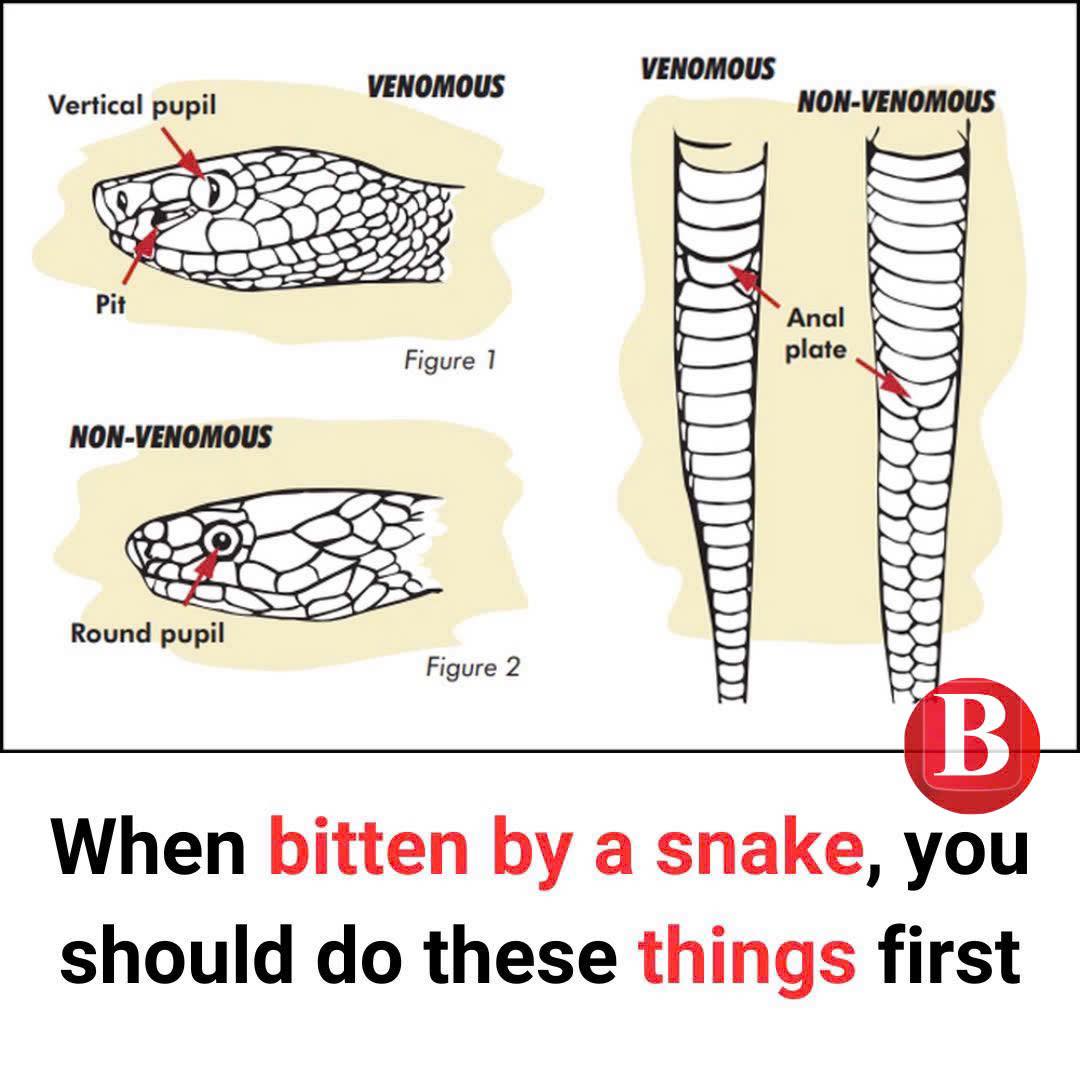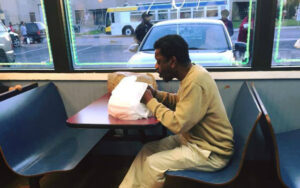Being bitten by a snake might sound like something out of a wilderness survival show — but it can happen closer to home than you think. Whether you’re hiking, gardening, or even just walking your dog, knowing how to react during a snake bite emergency can be the difference between a smooth recovery and a life-threatening situation.
Let’s break down the signs, symptoms, and critical first aid treatment steps — because reacting the right way could help you or someone you love survive a venomous encounter.
🐍 Venomous vs. Nonvenomous: What You’re Dealing With Matters
While most snakes in the U.S. aren’t venomous, about 20% are — and bites from these snakes can be severe without proper medical treatment.
Common venomous snakes in North America:
- Rattlesnakes
- Copperheads
- Cottonmouths (Water Moccasins)
- Coral Snakes
Most are pit vipers, with triangular heads, slit pupils, and heat-sensing pits. The coral snake is an exception — it has a cigar-shaped head and bright bands of red, yellow, and black.
⚠️ Snake Bite Symptoms to Watch For
🟢 Nonvenomous Snake Bites
- Scratches or small puncture wounds
- Localized pain, redness, or swelling
These bites are typically harmless and rarely require anything more than basic wound care.
🔴 Venomous Snake Bites
- Immediate and intense pain
- Swelling, bruising, or redness
- Nausea, vomiting, dizziness
- Labored breathing or weakness
- Metallic taste in the mouth
Coral snake bites can trigger nerve damage symptoms: muscle weakness, difficulty swallowing, or drooping eyelids. These require immediate emergency care.
🟡 Dry Bites
A venomous snake may bite without injecting venom. You’ll see fang marks but feel no major symptoms. Still, don’t risk it — head to the ER just in case.
🏥 First Aid You Should Apply Immediately
Time is critical when it comes to claiming your recovery after a snake bite. Follow these expert-backed steps:
- Stay calm – Panic increases your heart rate, which spreads venom faster.
- Call 911 immediately – The sooner you reach a hospital, the higher the chance of successful treatment.
- Keep the bite area immobilized and below heart level – This slows venom circulation.
- Remove tight items – Take off rings, watches, or clothing around the bite to prevent further complications.
- Try to identify the snake – Snap a photo or remember the colors and pattern. It helps doctors administer the correct antivenom.
 The venomous copperhead snake. Credit: Shutterstock
The venomous copperhead snake. Credit: Shutterstock
🚫 What NOT to Do After a Snake Bite
- ❌ Don’t try to suck out the venom
- ❌ Don’t cut the wound
- ❌ Don’t apply a tourniquet or ice
- ❌ Don’t chase or kill the snake
These outdated methods can worsen the injury and delay life-saving care. Always opt for professional medical treatment backed by your health insurance plan.
🧠 Final Thoughts: Education = Prevention
Snake bites can be scary, but armed with the right knowledge, you can protect yourself and others. If you spend time outdoors or live in snake-prone areas, make sure your health insurance covers emergency treatment and that your family knows what to do in case of a bite.
📣 Help spread the word:
Share this article with friends and family — it could literally save a life.
🩺 Read More Health Tips:
- Psoriasis Symptoms and Early Warning Signs
- Why You Should Never Ignore Chest Tightness
- What Happens When You Delay Emergency Care
Let me know if you want this adapted into a Facebook caption, Pinterest pin text, or email subject line to increase engagement.



